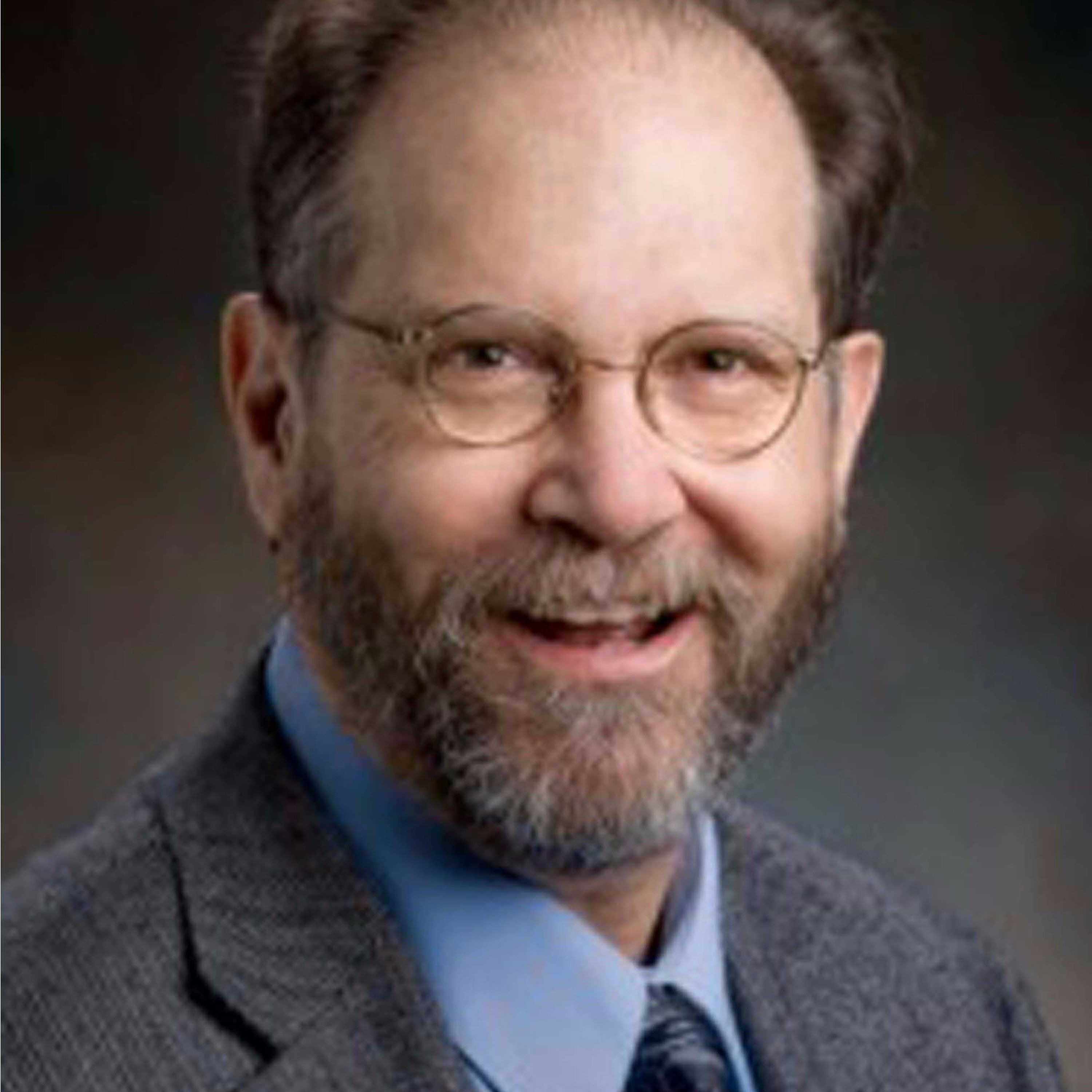Jim Bizzocchi, "Close-Reading Media Poetics"

Close reading is a classic humanities methodology for the analysis and understanding of texts across a variety of media. It\u2019s a rigorous discipline \u2014 in the words of van Looy and Baetans: \u201cThe text is never trusted at face value, but is torn to pieces and reconstituted by a reader who is at the same time a demolisher and a constructor.\u201d This is a difficult task \u2014 the practice of close reading requires that the scholar immerse herself in the experience of the text on its own terms, and at the same time maintain a critical distance in order to observe and understand the construction and the effects of the text. Bizzocchi relies on close reading for his own scholarly work and uses various strategies to reconcile the contradictory states of experience and analysis.\n\nClose reading can be used to explicate works across a variety of dimensions: thematic, cultural, historical, sociological, and others. Bizzocchi\u2019s goal is to understand the poetics \u2014 the creative decisions \u2014 embedded in media works. Bordwell describes poetics as \u201cinquiry into the fundamental principles by which artifacts in any representational medium are constructed, and the effects that flow from these principles\u201d. Bizzocchi has always loved the magic of immersion in the experience of the moving image. As a scholar, he says his role is \u201cto seek within that immersive experience the details of how the magic is created\u201d. He will present his analyses of Norman Jewison\u2019s The Thomas Crown Affair, Tom Tykwer\u2019s Run, Lola, Run, and Gerrie Villon and Alex Mayhew\u2019s Ceremony of Innocence (an interactive adaptation of The Griffin and Sabine trilogy by Nick Bantock).\n\nJim Bizzocchi is an Associate Professor in the School of Interactive Arts and Technology at Simon Fraser University in Vancouver, British Columbia. His research includes work on narrative, interactive narrative, and the evolution of the moving image. He teaches classes in these areas, and is a recipient of the University Award for Excellence in Teaching. He is a practicing video artist, creating award-winning works in a genre he calls \u201cAmbient Video\u201d. Jim is a graduate of the MIT Comparative Media Studies Program (2001).